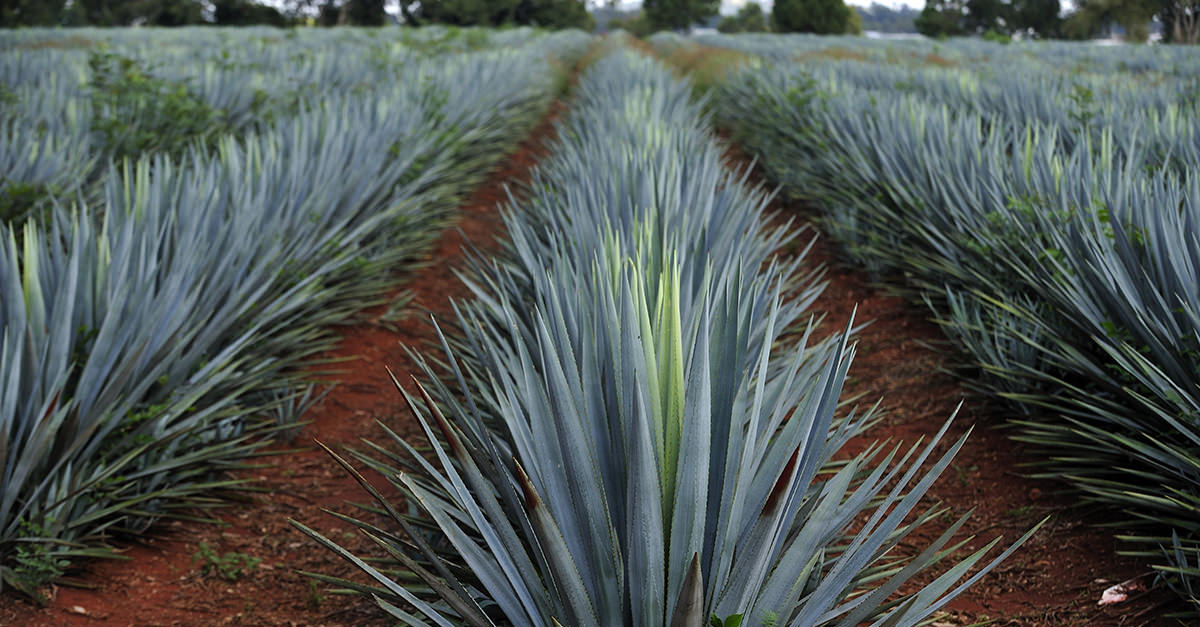Mezcal Essential Info
- Color: Clear, light gold, amber
- Region: Made in several specific regions, but the majority of Mezcal is made in Oaxaca
- ABV: 40% ABV
- Aged: Yes. Joven (0-2 months); Reposado (2 months-1 year); Anejo (1-3 years); “Extra Anejo” (new category for mezcal, typically older than 3 years)
- Made from: A variety of agaves (unlike tequila, which can only be made from Blue Weber), typically made with Espadin agave
- Commercial Examples: Del Maguey Vida, Fidencio, Pierde Almas, Illegal, El Buho
- Popular Cocktails: Because it’s relatively recent to the U.S., there aren’t many “classics,” but many, many classic-style cocktails are being built around the mezcal flavor profile
You know may know tequila better, but mezcal came first. In fact, tequila is actually just a kind of mezcal. So in a way, you’ve been drinking mezcal for a while now.
What? Basically, “mezcal” is any liquor made from the agave desert plant. Tequila is (by law) the product of just one agave varietal—Blue Weber, while mezcal can be made from upwards of 30 kinds of agave—though the majority is made with agave Espadin. As with tequila, mezcal relies on both the long maturation period of agave and its one-time use: the pinas, or hearts, of the agave are harvested and roasted and the whole thing needs to start again, with a new plant. The big difference in flavor profile—beyond factors like aging, yeast, and the agave varietal(s) used—is that in mezcal, agave hearts are charred, deeply roasted in pits called “palenques,” imparting a smokiness to the flavor spectrum that likens it to a peated Scotch. Except it’s so wonderfully different.
In fact, even the “bad” mezcal can be good. Like tequila, mezcal might also be “mixto”—but whereas a mixto tequila only has to have 51% agave, a mixto mezcal must be at least 80% agave (and the rest might be derived from sugar cane). Roughly speaking, this means mezcal—though often more expensive—will also reliably have more complexity of flavor profile, which again will always be rich with smokiness but can have many other elements, thanks to the glories of agave. The agave (again, often Espadin) in mezcal might convey anything from tropical fruit to green pepper to earthiness, citrus, florals, and beyond. Whether it’s aged will also impact the flavor profile (longer=mellower, richer). And factors like Single Village” (as in made with agave from one area, with ambient characteristics, or “terroir”) and the use of wild or “Silvestre” agave puts mezcals very much in line with the artisan, “craft” spirit movement, something mixologists and spirits nerds alike are (rightfully) getting more and more excited about.
Of course, in truth, mezcal is centuries’ old, a big brawny spirit with incredible subtleties of flavor. And because of production methods, unlike tequila, joven or young mezcals tend to have a bit more to offer the palate.
As for mezcals with the worm (or “gusano”)—don’t bother, don’t overthink it, just buy stuff that tastes good (which, at the moment, isn’t plentiful in the U.S., but with increased interest that may change).
